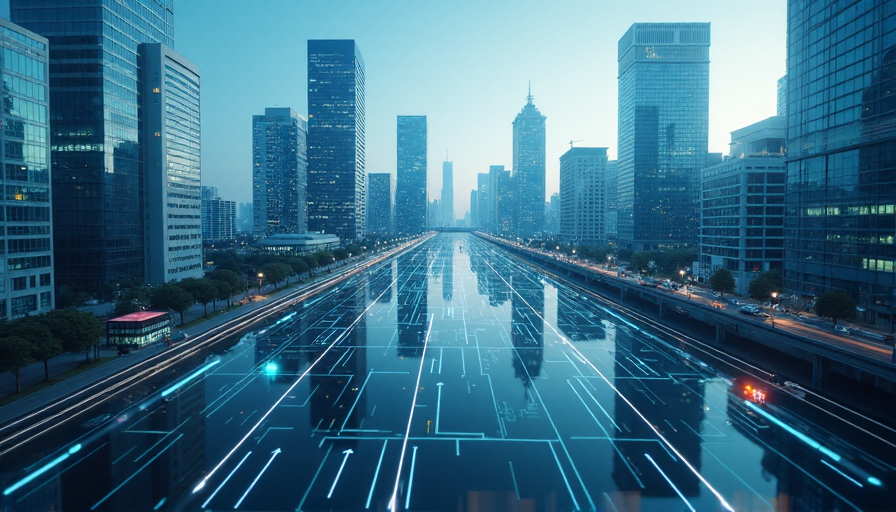
Mapping the Future: The Geographic Impact of Generative AI
A New Chapter in AI-Enhanced Productivity
Recently, an everyday moment turned into a revelation for one writer. Upon purchasing a new laptop equipped with Microsoft Copilot—a tool launched in 2023—the writer decided to experiment with it. With a simple command for a draft on a future topic, Copilot quickly returned a near-1,000-word draft spanning three pages. Although the resulting text was a factual outline rather than a finely crafted essay, it provided a robust foundation for further development. This experience highlighted the potential of AI to streamline and elevate research and writing, significantly reducing production time.
The Rapid Rise of Generative AI in the Workplace
Artificial intelligence is evolving at a blistering pace, challenging long-held assumptions about how automation reshapes work. Today's global economy is increasingly interwoven with AI technologies, driving transformations in industries across the board. The frontline observation among workers and experts alike is that while AI impacts various sectors—as had earlier forms of automation—the depth of its influence is rapidly changing.
Recent research from the Brookings Institution’s Metro research center—conducted by Mark Muro, Shriya Methkupally, and Molly Kinder—reveals that generative AI is not merely automating routine tasks. Unlike previous automation which predominantly replaced low-skilled, low-wage jobs, generative AI is now encroaching upon areas requiring advanced cognitive abilities. Consider professionals like coders, writers, financial analysts, engineers, and lawyers. This new wave of technology is poised to fundamentally disrupt the landscape of knowledge work.
A Closer Look at Job Impact and Workforce Geography
The Brookings researchers have delved deeper into the concept of AI exposure, focusing on how different metropolitan areas might be affected. Their analysis, which utilized occupation-specific data—including insights from OpenAI’s ChatGPT—indicated that exposure to AI correlates with wage levels and educational attainment. In essence, as jobs demand more cognitive skills and higher education, they are more likely to encounter the influence of generative AI. It's important to note that "exposure" does not directly equate to displacement; in many cases, AI will augment human capabilities, enhancing productivity across various fields.
A striking observation from the research is the susceptibility of sectors like customer service and administrative support. These roles, traditionally dominated by routine tasks, are now at risk as generative AI crafts content and manages inquiries with unprecedented speed and efficiency. However, industries reliant on physical tasks, such as manufacturing, construction, and certain in-person services, remain relatively unaffected by current AI capabilities.
Future Implications and the Road Ahead
The narrative emerging from Brookings’ analysis is clear: generative AI is set to redefine the geographic distribution of work. Urban centers with high concentrations of knowledge workers are likely to experience more pronounced shifts as AI technologies transform traditional roles. This evolution poses both opportunities and challenges—while some jobs may be displaced, others will be reimagined and enhanced by the intelligent integration of technology.
As the digital landscape continues to evolve, the intersection of technology and geography will be pivotal in shaping the future of work. The story of a single laptop experiment underscores the transformative power of AI, inviting a broader discussion on its systemic impacts. The coming years promise further integration of AI into our daily lives, reshaping not only how work is done but also where work is concentrated.
Note: This publication was rewritten using AI. The content was based on the original source linked above.